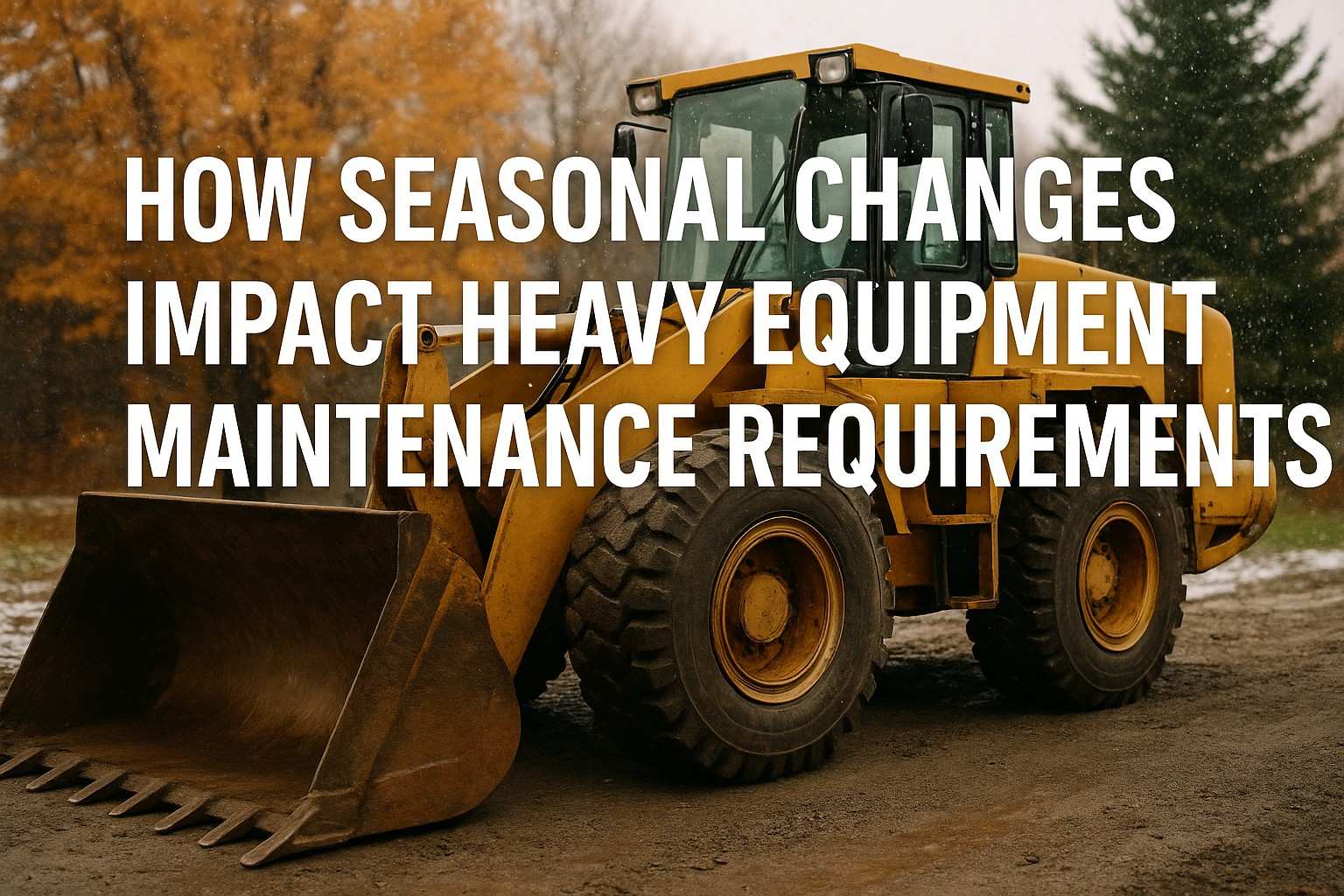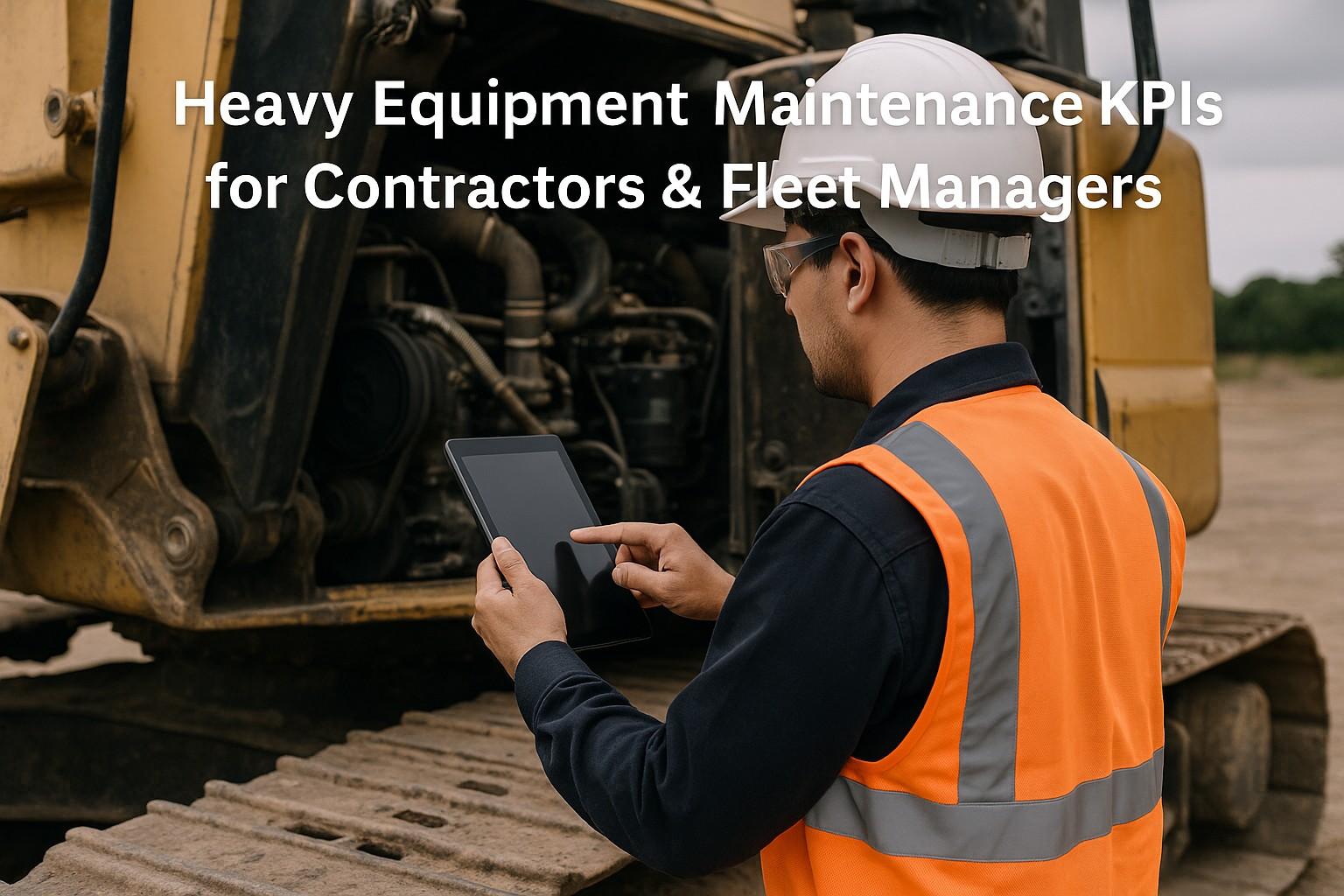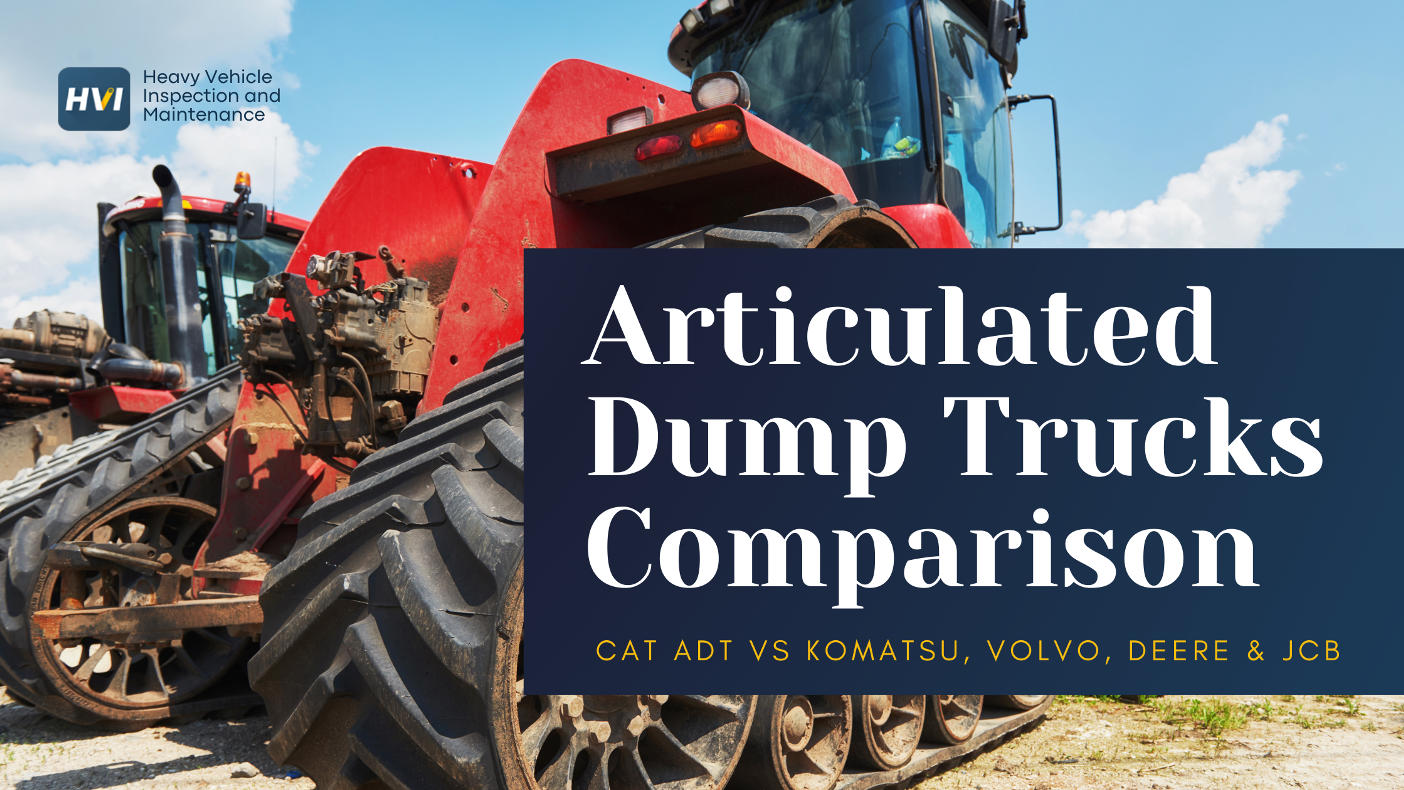Excavators represent one of the most significant capital investments for Indian construction and mining operations, with average procurement costs ranging from ₹35-85 lakhs depending on size and specifications. However, poor maintenance practices are causing Indian operators to lose substantial value from these critical assets, with premature equipment failures, excessive downtime, and repair costs that can exceed ₹15-20 lakhs annually per machine. The harsh operating conditions prevalent across Indian construction sites—including extreme temperatures, dusty environments, monsoon challenges, and demanding work cycles—make proper maintenance absolutely critical for protecting these valuable investment.
This comprehensive guide presents seven proven maintenance strategies that can extend excavator lifespan by 30-40%, reduce unexpected breakdowns by up to 70%, and generate annual savings of ₹8-12 lakhs per machine through optimized maintenance practices. From preventive maintenance scheduling to advanced monitoring technologies, implementing these strategies ensures maximum return on investment while maintaining peak operational performance in challenging Indian operating conditions.
Excavator Maintenance Impact in Indian Operations
Ready to Optimize Your Excavator Maintenance?
Transform your equipment management with proven maintenance strategies and monitoring solutions.
Critical Maintenance Challenges Facing Indian Excavator Operations
Indian excavator operations face unique maintenance challenges that significantly impact equipment longevity and operational costs. These challenges stem from harsh environmental conditions, inadequate maintenance infrastructure, skilled technician shortages, and operational pressures that often prioritize immediate productivity over long-term equipment health. Understanding these challenges is essential for developing effective maintenance strategies that protect valuable excavator investments.
The 7 Essential Maintenance Tips for Maximum Excavator Lifespan
These seven proven maintenance strategies form the foundation of effective excavator care, addressing the most critical aspects of equipment preservation while optimizing operational costs. Each tip is designed specifically for Indian operating conditions and has been validated through extensive field experience across diverse construction and mining applications.
Modern excavator maintenance requires systematic approaches that combine daily inspection protocols with technology-enabled monitoring to detect issues before they become costly failures. Advanced maintenance programs integrate preventive schedules, operator training, and performance analytics to maximize equipment lifespan and operational efficiency.
- ✓ Daily inspection protocols for hydraulic systems, engine fluids, and undercarriage components
- ✓ Hydraulic system optimization with proper fluid management and filter replacement schedules
- ✓ Engine care protocols adapted for extreme Indian temperature variations and dust conditions
- ✓ Undercarriage and track maintenance including proper tension and lubrication schedules
- ✓ Electrical system protection from moisture, corrosion, and environmental damage
- ✓ Systematic filter replacement programs for optimal equipment performance
Maximize Your Equipment ROI
Implement these proven strategies with professional maintenance management solutions.
Operator Training: The Human Factor in Equipment Longevity
Operator behavior represents one of the most significant factors affecting excavator lifespan, with poor operating practices contributing to 30-40% higher maintenance costs compared to proper equipment handling. Addressing the human factor requires comprehensive training programs, performance monitoring systems, and incentive structures that encourage equipment-preserving operating behaviors.
Key operator behaviors that impact equipment longevity include proper warm-up procedures, smooth operation techniques, load management, and early problem recognition. Modern telematics systems can monitor these behaviors in real-time, providing immediate feedback to operators and enabling fleet managers to implement targeted improvement programs.
Successful operator training programs combine education, monitoring, feedback, and incentives to create sustainable behavior change. Regular training sessions help operators understand the financial impact of their operating habits, while performance-based incentive programs reward equipment-preserving practices.
- ✓ Comprehensive equipment operation training programs with regular skill assessments
- ✓ Real-time operator feedback systems with performance alerts and coaching guidance
- ✓ Performance-based incentive programs rewarding equipment care and maintenance compliance
- ✓ Operator scorecards with equipment health metrics and peer comparisons
- ✓ Regular coaching sessions based on individual performance data and equipment condition
- ✓ Preventive maintenance awareness training for early problem detection and reporting
Technology-Enabled Maintenance: Digital Solutions for Equipment Care
Modern excavator maintenance requires sophisticated technology solutions that provide real-time monitoring, predictive analytics, and automated maintenance scheduling capabilities. Digital maintenance systems combine telematics data, sensor monitoring, maintenance management software, and predictive algorithms to create comprehensive visibility into equipment health and enable proactive maintenance strategies.
These systems integrate real-time equipment monitoring with maintenance scheduling to optimize service intervals based on actual operating conditions rather than generic time-based schedules. Advanced analytics can predict component failures weeks in advance, enabling planned maintenance that prevents costly breakdowns and extends equipment lifespan significantly.
Modern fleet management systems can integrate maintenance scheduling with performance monitoring to identify equipment requiring attention. Predictive maintenance algorithms analyze operational data to recommend optimal service timing, preventing efficiency degradation before it impacts productivity and costs significantly.
Implementation Best Practices: Building Sustainable Maintenance Programs
Successful excavator maintenance implementation requires systematic planning, stakeholder engagement, and continuous optimization processes. Equipment operators must address technology deployment, training programs, policy development, and performance measurement to create sustainable improvements in equipment reliability and cost control.
Best practices include phased implementation starting with critical equipment, comprehensive training for operators and technicians, clear maintenance policies and procedures, regular performance reviews, and continuous system optimization based on operational feedback and changing business requirements.
Change management is particularly important for operator acceptance of new maintenance protocols and monitoring systems. Transparent communication about program objectives, clear performance metrics, and recognition programs help ensure successful adoption and sustained compliance with maintenance best practices.
Transforming Equipment Management for Competitive Success
Effective excavator maintenance represents a critical competitive advantage for Indian construction and mining operators, offering substantial cost reductions, improved operational reliability, and enhanced equipment value retention. The combination of proven maintenance strategies, technology solutions, operator training, and systematic management practices creates comprehensive equipment care capabilities that deliver measurable business value.
Operators who proactively implement these seven essential maintenance strategies position themselves for sustained success in increasingly competitive markets. The potential for 40% lifespan extension and ₹8-12 lakhs annual savings per machine makes maintenance optimization one of the highest-impact investments available to equipment operators.
As equipment costs continue rising and project margins tighten, companies that implement comprehensive maintenance programs will maintain significant advantages over competitors still relying on reactive maintenance approaches. The question is not whether to invest in maintenance optimization, but how quickly your organization can implement these proven strategies to capture competitive advantages and improve profitability.
Start Your Maintenance Transformation Today
Join leading operators achieving exceptional results through comprehensive equipment maintenance solutions.
Book a Demo




